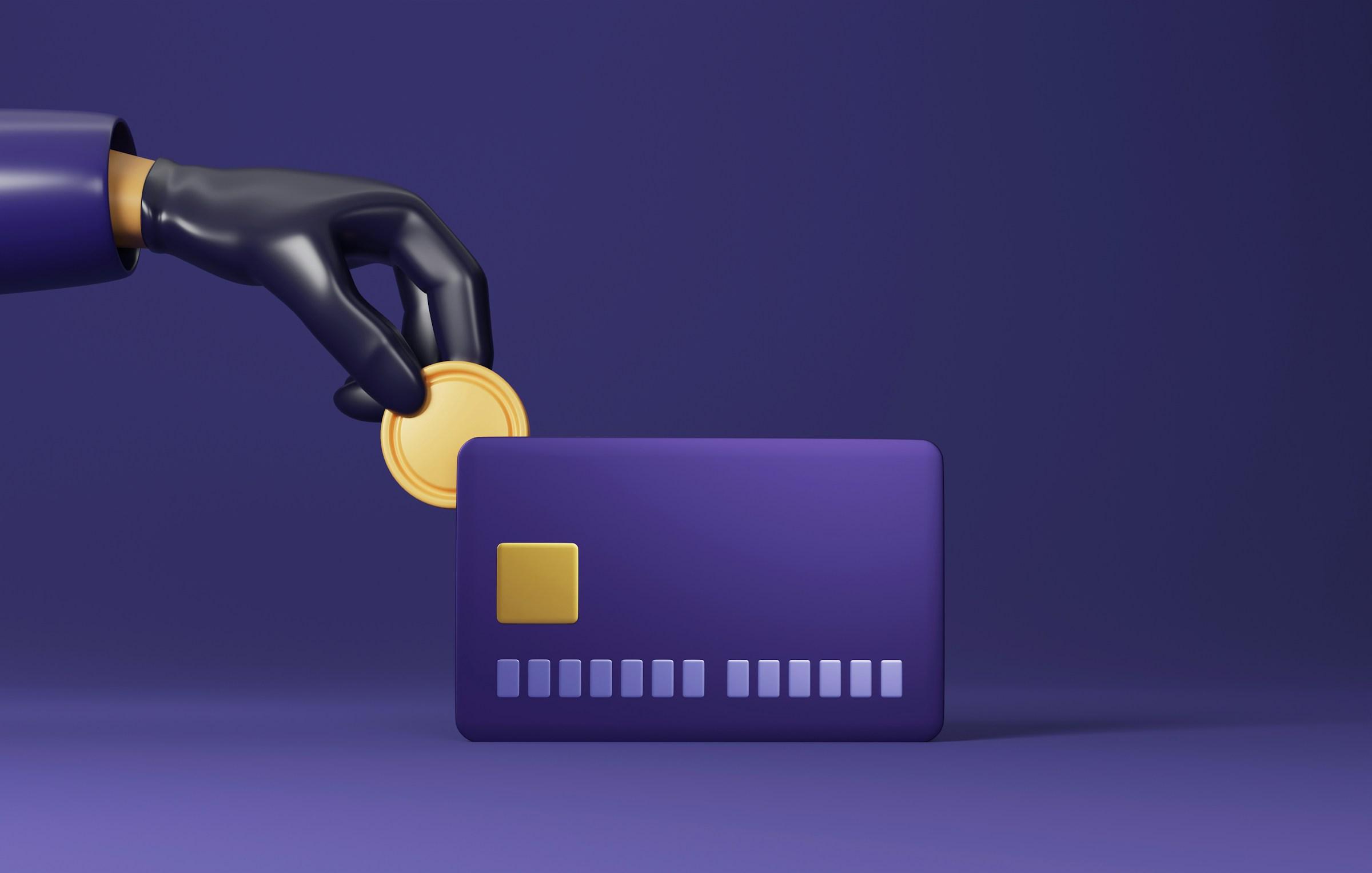Consumer demand is often treated as a mood that rises with good news and falls with bad headlines, yet this habit makes strategy shallow. In reality, demand is a system. It is the product of how people weigh price against value, how their budgets expand or contract with income and credit, and how the surrounding context makes a product feel necessary or forgettable. When leaders treat these forces as disconnected, they chase noise. When they see them as a single system, they begin to reshape outcomes with intention.
The starting point is price and value. The familiar demand curve tells us that quantity demanded falls as price rises, but the shape of that fall is not uniform across categories or moments. A family will accept a higher price on groceries because food is not optional, which gives the grocery demand curve a shallow slope. A mid range fashion brand will feel drops in quantity when prices rise outside of peak seasons, yet a small group of loyalists will still buy, which flattens the curve for that niche. Many digital subscriptions sit in the grey space between those cases, where a quiet price increase does not trigger cancellation at once, then shows up months later. This is not fate. Offer design changes the curve. A meaningful entry tier, even if bare bones, does more than gather new users. It redraws the curve so that market share grows without collapsing core margin. Investment in service quality or reliability also shifts the entire curve outward, which is a technical way to say that the same price now buys more perceived value. Pricing power is not announced with a press release. It is earned by design choices that strengthen perceived value over time.
Income and credit form the second force. Households do not shop with wages alone. They shop with purchasing power, which moves with wages, interest costs, credit access, and the price of unavoidable bills. Consider a homeowner in the United Kingdom who hits a mortgage reset. Hundreds of pounds can vanish from discretionary budgets within a month, which compresses demand for dining, apparel, and discretionary travel. Contrast that with parts of the Gulf where subsidized utilities and formal employment gains have created room to trade up in groceries, beauty, and micro leisure. When pressure rises, demand rarely collapses evenly. It reorders. Shoppers keep spending on products that protect status, convenience, or family time, while postponing mid tier upgrades that feel optional. Managers who watch only topline sales miss the reordering that happens inside baskets. Category leaders who track trade down, trade up, and switching by cohort can defend the right products, retreat where necessary, and present options that let customers feel competent rather than compromised.
Context turns the numbers into behavior. Social proof, cultural habits, and the practicalities of distribution make some products feel like the default and push others to the edge. When a payments wallet gains wide acceptance in the UAE, using it shifts from novelty to convenience, and then to an expectation. The context has converted latent interest into routine purchase. In the UK, the consolidation of high streets means that a fast fashion item competes as much with algorithm driven drops as with a nearby store. The frame changes what feels like a fair price, what delivery window seems acceptable, and how often a category should appear in a month. The same household with the same income and the same preferences can buy differently when the frame shifts. Strategic operators know this, which is why they invest in distribution partnerships, last mile reliability, and post purchase touchpoints. They are not only chasing conversion on a checkout page. They are shaping what feels normal across the whole journey.
Price sensitivity is often misread as a fixed trait when it is really situational. The same person can be relaxed about a prestige skincare item and intensely sensitive about pantry staples. Offer design can move sensitivity even within a single category. A retailer that turns essentials into predictable subscriptions converts volatile weekly decisions into steady share of wallet. A travel platform that posts clear fees at the start of a search reduces the sense of risk and pulls demand forward. In emerging e commerce markets across MENA, cash on delivery once introduced friction and higher cancellation risk. As reliable digital payments spread and refunds became credible, the perceived penalty for trying and regretting fell. Demand rose not because people suddenly enjoyed shopping more, but because the cost of a mistake became smaller.
Elasticity also changes with time. Short term elasticity picks up quick reactions to a price move. Long term elasticity captures how people adapt. Fuel is a classic example. Commuters cannot change behavior overnight, so short term demand is inelastic. Over a year, people adjust routes, car choices, or even housing locations, which makes long term demand more elastic. Subscription services show a similar dynamic. A small price increase may pass quietly at first, then emerge as higher churn at renewal or during a seasonal budget reset. Leaders who optimize only for the quarter miss the adaptation that unfolds across the year. The smarter approach stages price moves alongside feature improvements, sends clear communication that anchors the change to new value, and watches renewal cohorts rather than headline churn. The goal is not to escape elasticity. The goal is to earn a more favorable elasticity profile by shaping value and timing.
Income effects and substitution effects work together during stress. When real incomes fall, households may shift some restaurant spending to home cooking. If grocery prices also climb, substitution continues inside the supermarket aisle toward private labels, smaller pack sizes, or value formats. This is not a morality tale about frugality. It is a story about optimization under constraint. The private label that wins is not simply the cheapest product on a shelf. It carries enough quality and identity signals that the customer feels capable rather than compromised. In beauty, so called dupes thrive when they meet performance expectations in the rituals that matter. Some fade as fads. Others stay because they manage to preserve the feeling of competence at a lower price point.
Time and attention shape demand as surely as price does. A service that gives customers an hour back each week competes on calendar as well as on cost. In markets where commutes are long and childcare is expensive, convenience has real income equivalence. Operators who think in terms of the segment’s effective hourly value can justify premiums when they reliably return time. This is visible in grocery delivery in cities across the UAE, where well run fifteen to thirty minute services capture weekday top ups, while the larger weekly shop remains more price sensitive. The segmentation is less about age or income than about the time problem the customer is solving on a given day.
Policy signals matter more than many executives allow. Changes in VAT alter shelf prices and shopper perception even if the net effect on disposable income is modest. Energy subsidies or their removal reshape budgets with a lag. Visa policies can tip leisure demand between domestic travel and outbound trips. Targeted incentives for energy efficient appliances pull forward upgrade cycles. The lesson is not to predict policy with confidence. The practical lesson is to pre build scenarios by category and by region, so that assortment, pricing, and marketing can move on the day a policy shock arrives.
Technology can both unlock and limit demand. Better search and recommendations lift discovery and conversion. At the same time, algorithmic feeds focus attention on winners and leave a hollow middle. Brands that once survived on broad but shallow awareness must learn to trigger specific demand inside micro communities. That is why a thoughtful program of seeding credible creators in smaller markets can outperform a single high profile placement. The result is not only engagement. It is a higher baseline of repeat purchase inside a smaller audience, which improves inventory turns and reduces markdown risk. Digital excellence is no longer only a top of funnel skill. It is a demand shaping practice that touches selection, merchandising, service, and community management.
Culture and seasonality still set the rhythm. Ramadan and Christmas are not simply large promotion windows. Each carries specific buying logics that vary by region and category. Food, apparel, gifting, and travel all behave differently during these periods. In many parts of MENA, late night shopping and extended family time during Ramadan change the cadence of purchasing. In the UK, Black Friday is now part of the calendar, but delivery reliability and returns govern the real winners during that week. Seasonal elasticity behaves differently from baseline elasticity. Brands that plan for both avoid either underestimating a peak or overreacting to a lull.
All these threads tie back to one operating idea. Forecasting demand is not just a data exercise. It is a systems problem under uncertainty. The most useful models bring prices, income proxies, and contextual signals together, then assume that shocks will happen. The goal is not perfect prediction. The goal is faster and smarter adjustment. If a travel platform detects a sudden rise in search for budget options on a specific corridor, the merchandising team should have the authority and the inventory plan to reweight visibility on the same day. If a premium grocery line sees a quiet move toward smaller pack sizes, category managers should already have a playbook that protects perceived quality while offering value without eroding identity. The organizations that outperform are the ones that translate demand theory into permissions to act quickly.
What does this mean across regions that many leaders watch closely. In parts of the Gulf, rising incomes and public investment sustain trading up in categories that signal modernity and ease. In the United Kingdom, household budgets face pressure from housing costs and energy, which pushes shoppers to select carefully and reward retailers who make value feel intelligent rather than cheap. Across both climates, digital habits frame what seems normal to pay and how frequently to buy. The worst mistake is to import assumptions across borders without testing how price, pocket, and context interact locally.
So how does consumer demand work. People buy when the product is worth it in their context, with their money, under their constraints. The leader’s work is to move those terms. This begins with price ladders that guide rather than shock. It includes offers that convert awareness of time into willingness to pay. It treats creators and communities as extensions of distribution, not as decorative marketing. It rehearses policy scenarios before they happen. It focuses not only on the headline sales figure but on the quiet reordering inside baskets and categories.
If there is a single mindset shift that separates reactive management from strategic leadership, it is the willingness to design the conditions that make the next purchase feel obvious. That comes from respect for the demand system and from the patience to shape it. When price signals are clear, when the offer returns time, when the context lowers the penalty for trying, and when the brand protects the buyer’s sense of competence, demand does not have to wait for sentiment. It forms, it repeats, and it survives the noise that distracts everyone else.










.jpg&w=3840&q=75)



